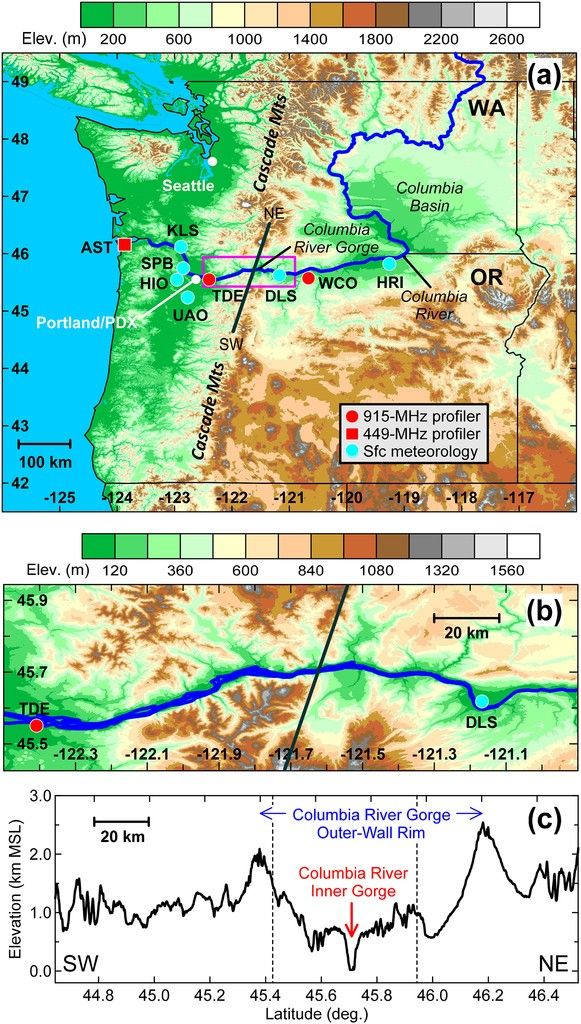Better wind forecasts could save U.S. consumers hundreds of millions of dollars a year in collective utility bills, a new study finds. The cost of wind energy has dropped significantly thanks to more efficient turbines, but there is still one major hurdle to overcome when it comes to renewable energy: intermittency. Unlike coal and gas-fired power plants, wind and solar power plants can only produce large amounts of electricity when the weather permits.
Accurate weather forecasts are critical for power companies to be able to plan how much wind energy they have on any given day. Wind energy has grown rapidly to account for nearly 10% of the U.S. electricity mix today. A Biden administration aims to reach a carbon-polluting energy grid by 2035, and more accurate forecasts could help wind power become a bigger part of the mix.
To avoid blackouts, power companies are constantly trying to balance power supply and demand, and that's where forecasting comes in. If forecasts show windy days, utilities can tap into that energy to meet consumer demand. They usually choose the most affordable energy source, and in the US, wind power is one of the cheapest. (Renewable energy is now cheaper than fossil fuels in much of the world.) On the other hand, if forecasts warn of weaker winds, utilities plan to source power from other, potentially more expensive, sources.
Misjudgments are costly. If less wind energy is available than initially forecast, utilities may have to pay extra high prices to buy power on short notice to meet customer demand. And if more wind energy is available than initially forecast, utilities could unnecessarily buy more expensive electricity from coal-fired power plants. The costs associated with these poor weather forecasts are often passed on to customers in the form of higher energy bills.
Thankfully, prediction techniques have been improved through dedicated research. In 2015, the U.S. Department of Energy launched a four-year study into atmospheric processes that influence forecasts for wind power generation. The research informs a major NOAA weather model that provides hourly forecasts of wind conditions.
The model is called High Resolution Rapid Refresh (HRRR) and has been updated a few times since 2015. New research found that consumers would have saved $384 million between 2015 and 2018 if the latest version of the model had been running. This shows how valuable it is to continually improve weather forecasts. For the study, the researchers compared the model's predictions with real-time observations to see how the predictions improved over time. They then estimated potential cost savings for the utility sector and its customers.

These earnings can grow
Across the United States (an estimated 329 million people), the savings per household are small. But those gains are likely to grow as forecasts improve and more affordable wind power comes online in the U.S.
Researchers are still working to refine the renewable energy forecast. Newer versions of HRRR should be able to better predict wind slopes that occur when wind speeds change very rapidly. Another study is underway to see how more accurate predictions of cloud cover could also boost solar power and reduce energy costs, the researchers said.